
All categories
Featured selections
Trade Assurance
Buyer Central
Help Center
Get the app
Become a supplier

(6033 products available)


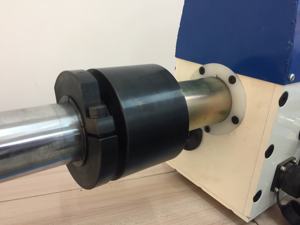
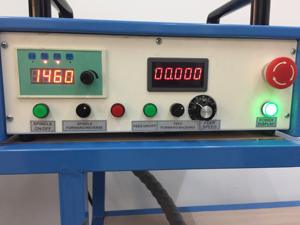


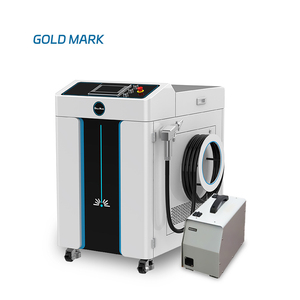
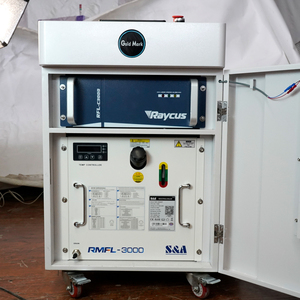













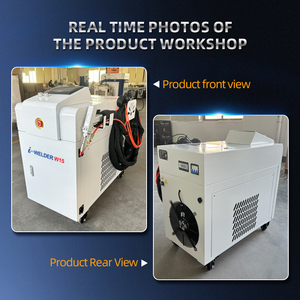



A bore welding machine refers to welding machines designed to help weld the inner diameters or bores of specific components, thereby creating a more robust and durable area. Various bore welding machines are available, each with unique features and specifications.
Portable bore welding machine:
A portable bore welding machine is a lightweight, compact tool that welds internal diameters or bores efficiently. This device can be moved and used in different locations to weld bore areas that may not be easily accessible using standard or conventional welding tools. Portable bore welding machines are designed to be easily set up and operated by one or two operators. Some of the features of a portable bore welding machine may include foot pedal control, adjustable welding speed, and a digital controller with a preset and feedback display.
Flange jointer welding machine:
This specific welding machine is designed to weld or join flanges. A flange is a protruding ridge or edge used to join, secure, or attach components in mechanical and engineering applications, including pipes, beams, and other structural elements. The flange joining welding machine typically welds using a buttweld method, which directly joins two pieces of materials along a face or edge. The method is typically used for welding metals, including steel, in various industrial applications. The flange jointer will align two parts perpendicular to the welding surface. Welding machines are automated systems that use electricity, filler material, and heat to weld metal components.
Automated bore welding machine:
This welding machine can produce welds of consistent and uniform qualities. An automated bore welding machine means the device carries out its functions and tasks without much human input or assistance. Usually, it is used in areas requiring more excellent and constrained ideal welding qualities, like aerospace and medical applications.
Power Rating
This measure describes the machine's power rating, expressed in kilowatts (kW), which represents the machine's capacity to perform its welding tasks efficiently. For example, a bore welding machine with a power rating of 10.5 kW is capable of handling heavy-duty welding operations.
Bore Diameter Range
The weld bore diameter range indicates the size of bores that the machine can effectively weld, measured in millimeters. For instance, a bore welding machine may accommodate bore diameters ranging from 40mm to 120mm, making it suitable for welding holes of varying sizes in different materials.
Machine Weight
The weight of the bore welding machine is measured in kilograms (kg). A heavy-duty bore welding machine weighs approximately 118.2 kg, providing the stability and durability required for precise welding operations, especially in demanding industrial environments.
Regular inspections and routine maintenance:
It is crucial to inspect the machine regularly for any signs of damage, wear, or loose parts. All welding machines are bound to have some wear and tear; a quick inspection will see what needs to be repaired or replaced so that it can be done on time. Check the vital parts of the bore welding machine, such as the cooling system, electrical connections, gas lines, and welding torch. Routine servicing is equally important, as it will help users ensure the machine's efficiency and safety in optimal condition at all times.
Immediate repair of damages and wear:
With proper inspection and maintenance of the welding bore machine, damages and wears can be spotted easily. Repairing or replacing damaged parts immediately will go a long way in preserving the integrity and efficiency of the entire welding machine.
Bore welding machines are used in diverse industries, including construction, oil and gas, automotive, shipbuilding, and manufacturing. In the following section, some of the applications or scenarios of using bore welding machines will be discussed.
Bore welding machines are increasingly being used in the construction industry to weld large-diameter pipes for sewage, water, and gas frangibility. These machines are especially important when ensuring the quality of joints and connections. In the construction industry, the bore welding machine is primarily used on projects that require high-strength, precision welding for load-bearing structures, beams, and columns. Penetration weld joints, including butt, groove, fillet, and scallop joints, are usually made using the bore welding machine on constructions that require deep recess welding joints.
Many vehicles have axle tubes, cylinder heads, engine blocks, crankcases, gearboxes, and drive shafts. The oil and gas industry frequently uses bore welding machines to make or repair oilfield pipes, casings, and valves. Bore welding machines are sometimes used in the automotive industry to make custom cars or off-road vehicles. These machines create high-quality welds on drill holes for hydraulic pipes, fuel lines, cooling channels, and other components.
Welding bores in the shipbuilding and marine industry involves positioning and welding in hard-to-reach places. This is where bore welding machines are widely used. When welded using bore welding machines, propeller shafts, rudder post assemblies, hull reinforcements, and other critical components are strong and corrosion-resistant.
In the manufacturing industry, bore welding machines manufacture precision components such as axle shafts, gearbox housings, and hydraulic cylinders. When joints made by bore welding machines are used, these parts can be reassembled and repaired instead of discarded, thereby reducing costs and waste.
Business buyers looking to invest in a bore welder for the machine should consider the following factors:
Q1: What is bore welding machine?
A1: Bore welding machine is a welding method employed to weld large diameter pipes and fittings in a bore pattern. It is used to create grooves or bores in the walls of pipes or other cylindrical objects. These grooves may be used for various purposes, such as to weld multiple pipes together, to create tapered sections for connecting to other components, or to reduce the weight of the pipe.
Q2: What types of machines are used for bore welding?
A2: Several machines are used for bore welding, including tunnel boring machines (TBMs) that directly bore and weld the pipe sections as they are installed. Pipe boring machines can create cylindrical cavities or bores within a solid material without using or relying on any external material or support. Pip Bore machines are used to make precise horizontal or vertical holes in the alignment of existing pipes. Conventional welding machines can also be used to weld the sections of the bore.
Q3: How does a bore welding machine work?
A3: The bore welding machine works by a series of operations like preparation, clamping, alignment, welding, cooling, and finally, disassembly. During the preparation phase, the edges of the pipe sections to be joined are beveled to create a profile suitable for welding. The welding head is clamped over the pipe section to be welded. In this phase, the welding electrode is positioned and aligned with the prepped pipe sections. Following this, the welding machine is turned on, and the electrode is rotating while applying a constant electric current. The electrode generates heat and melts the pipe edges, forming a weld. Once the weld is complete, the welding machine is turned off. The weld requires to cool before the welding machine is disassembled.
Q4: What are the advantages of a bore welding machine?
A4: There are many advantages of using a bore welding machine. It can create strong, high-quality welds that are resistant to failure. This is particularly important in applications where safety depends on the integrity of the welds. The machine can also be used to weld a wide variety of materials, such as steel, stainless steel, aluminum, brass, and copper alloys. Additionally, bore welding machines can weld pipe sections together without using fittings, reducing cost and increasing flow efficiency in piping systems.